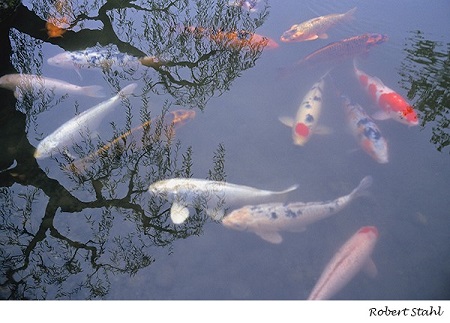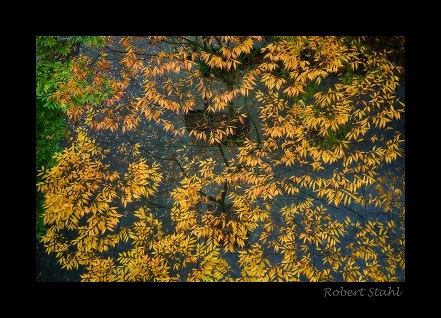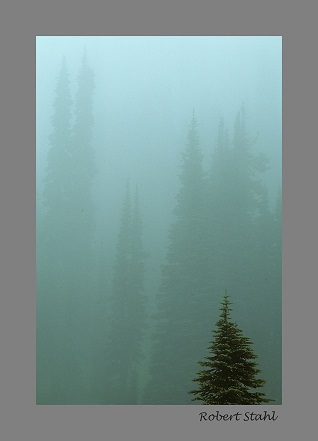
This fall Continuing Education photography instructor Robert Stahl brings his fondness for words and imagery to the classroom with his new class, Haiku: An Introduction. Stahl says he first became fascinated with Haiku poetry as a student in the early 1960s when he discovered a Life Magazine article about philosopher and Zen teacher Alan Watts. “Later upon graduation from high school I purchased Watts’ book, The Way of Zen which expanded on the nature of Haiku poetry,” he  says. “I was initially intrigued by Haiku’s ability to capture in a few words snapshots from daily life that were incisive and compelling.” Stahl says he continued to explore his interest in Haiku once he completed school. “Since that time I’ve returned to Haiku as a way of reminding me of the bits of wisdom that surround us each and every day.”
says. “I was initially intrigued by Haiku’s ability to capture in a few words snapshots from daily life that were incisive and compelling.” Stahl says he continued to explore his interest in Haiku once he completed school. “Since that time I’ve returned to Haiku as a way of reminding me of the bits of wisdom that surround us each and every day.”
For those new to the form, Haiku is a non-rhyming Japanese poem of seventeen syllables, in three lines of five, seven, and five. Traditionally Haiku evoke or utilize images of the natural world in a single feeling.
Though they are vastly different media, Stahl says there is a very clear connection between Haiku and photography as a means of creative self-expression. “Haiku’s immersion in nuance and subtlety links in well to the photographer’s task of elevating moments as they pass by,” he says. “As well, Haiku’s emphasis on brevity is part of its great appeal to those who love nature and the need to simplify life. Additionally, as a photographer and photography teacher the Haiku form is focused in on the need to be fully in the moment.” Stahl says he returns to Haiku because it mimics what he aspires to reach through his photography: simplicity, heightened moments, and intuitive qualities.
Stahl found his facility for Haiku grew thanks to making it a lifelong exploration. “I feel that as I’ve matured as a teacher Haiku resonates in a deeper way than it has in the past.” Stahl says the beauty of Haiku is in the refined use of language and the way it disentangles ideas and imagery, making them more open to nuance. “The writing and reading of Haiku lends itself to a way or approach that aims to elevate the immediacy of experience over concepts and theories,” says Stahl. “This notion echoes the words of the great Swiss psychologist Carl Jung who said, ‘No concept is a carrier of life.’ And so there are insights in Haiku poetry but not of a rigid and stratified nature.”
Students attending Haiku: An Introduction will have the opportunity to explore and discuss the work of three of renowned Haiku poets from Japan: Basho, Issa, and  Buson. “Basho is perhaps the most famous of the trio,” says Stahl. “His contribution (1644-1694) to the art of Haiku was both in its form and sense of meaning. Appealing more to feelings as opposed to thoughts or logic.”
Buson. “Basho is perhaps the most famous of the trio,” says Stahl. “His contribution (1644-1694) to the art of Haiku was both in its form and sense of meaning. Appealing more to feelings as opposed to thoughts or logic.”
Stahl says students joining Haiku: An Introduction can look forward to sharing a unique and supportive creative space where he will plans to share discoveries made through his photographic work. “My class on writing Haiku will create an atmosphere of openness and freedom that will allow students to tap into their creative side. Ongoing references to the visual arts will further stimulate the composing of Haiku poems in class. In the end, the process of writing Haiku will become an acquired skill that will be both fun and life-enhancing.”
Learn more about Haiku: An Introduction.
All photos courtesy of Robert Stahl.